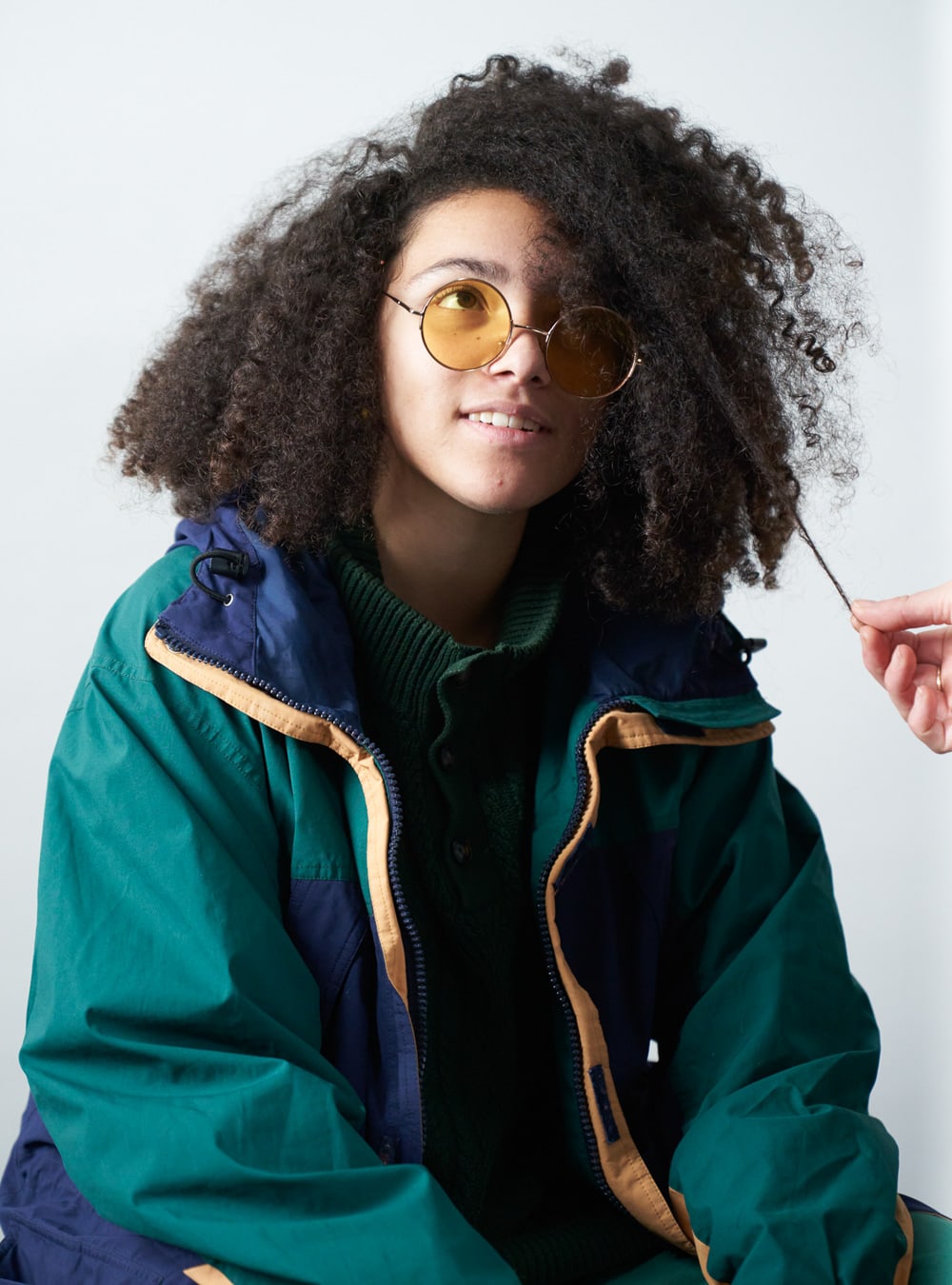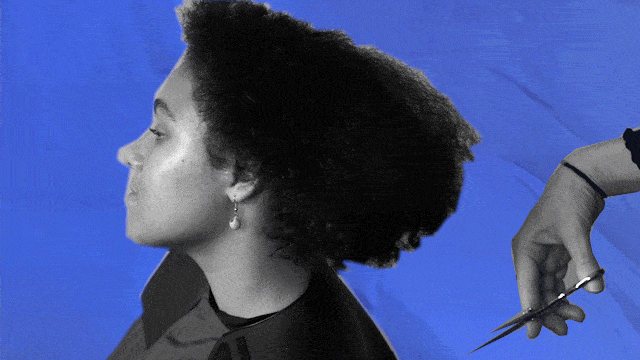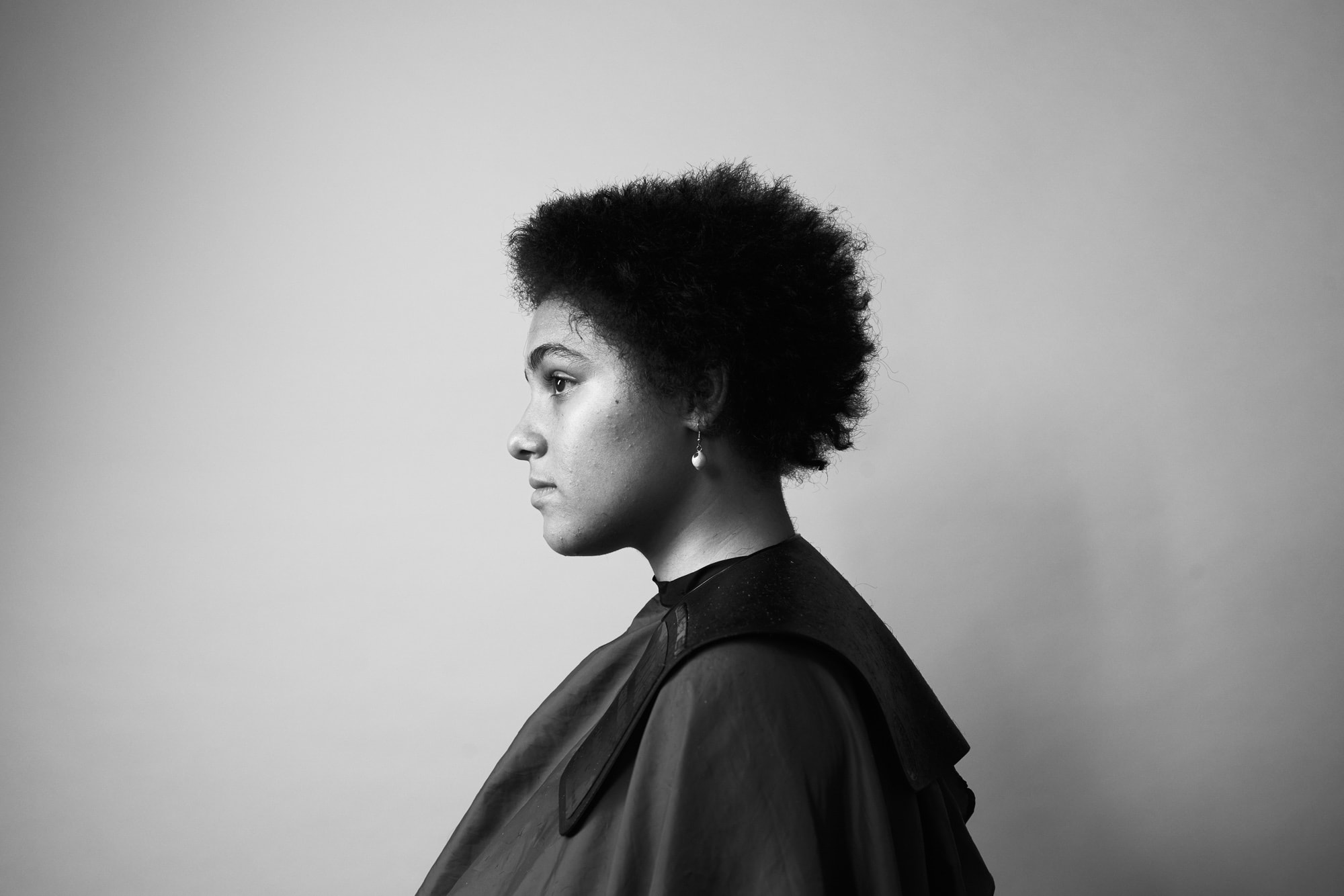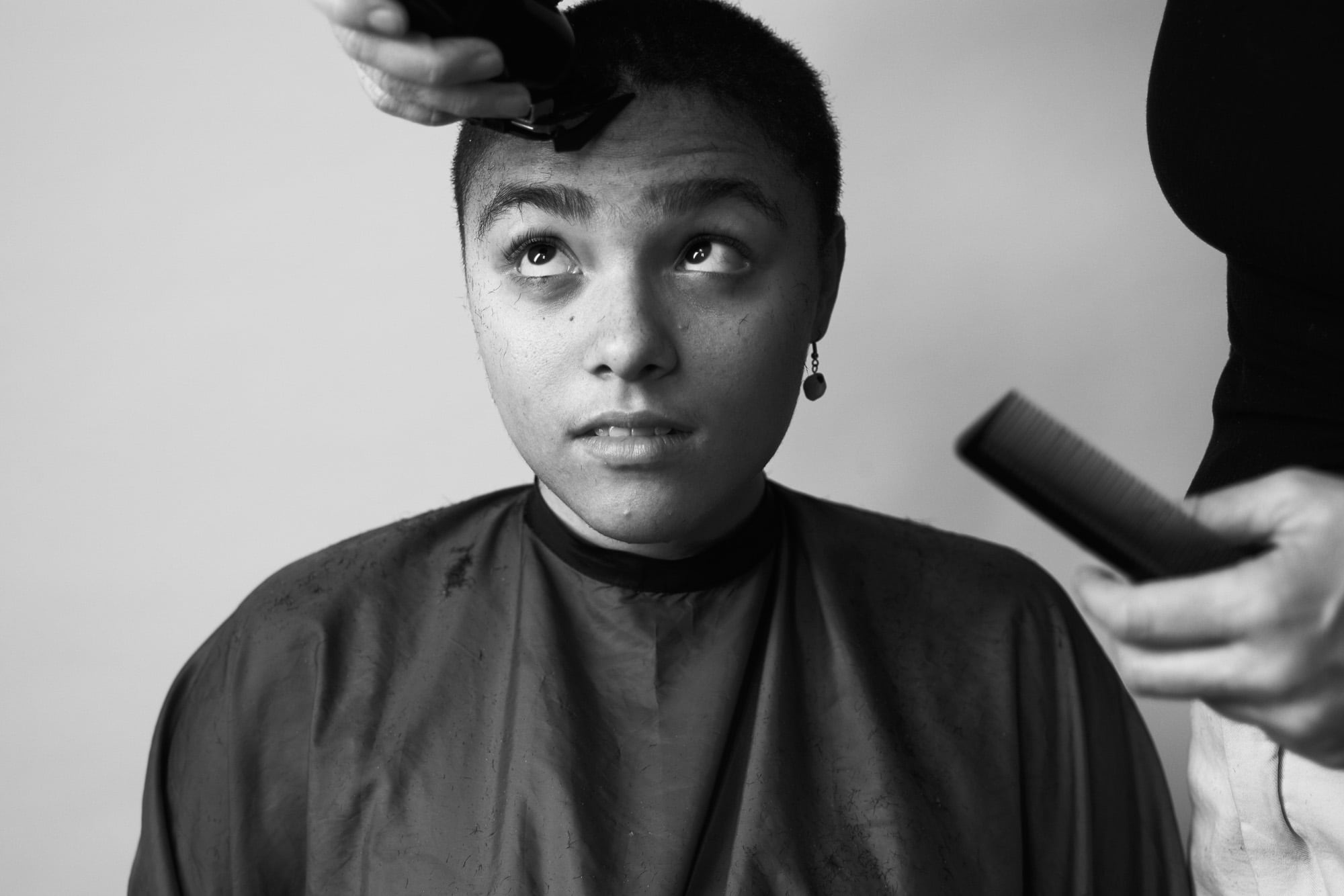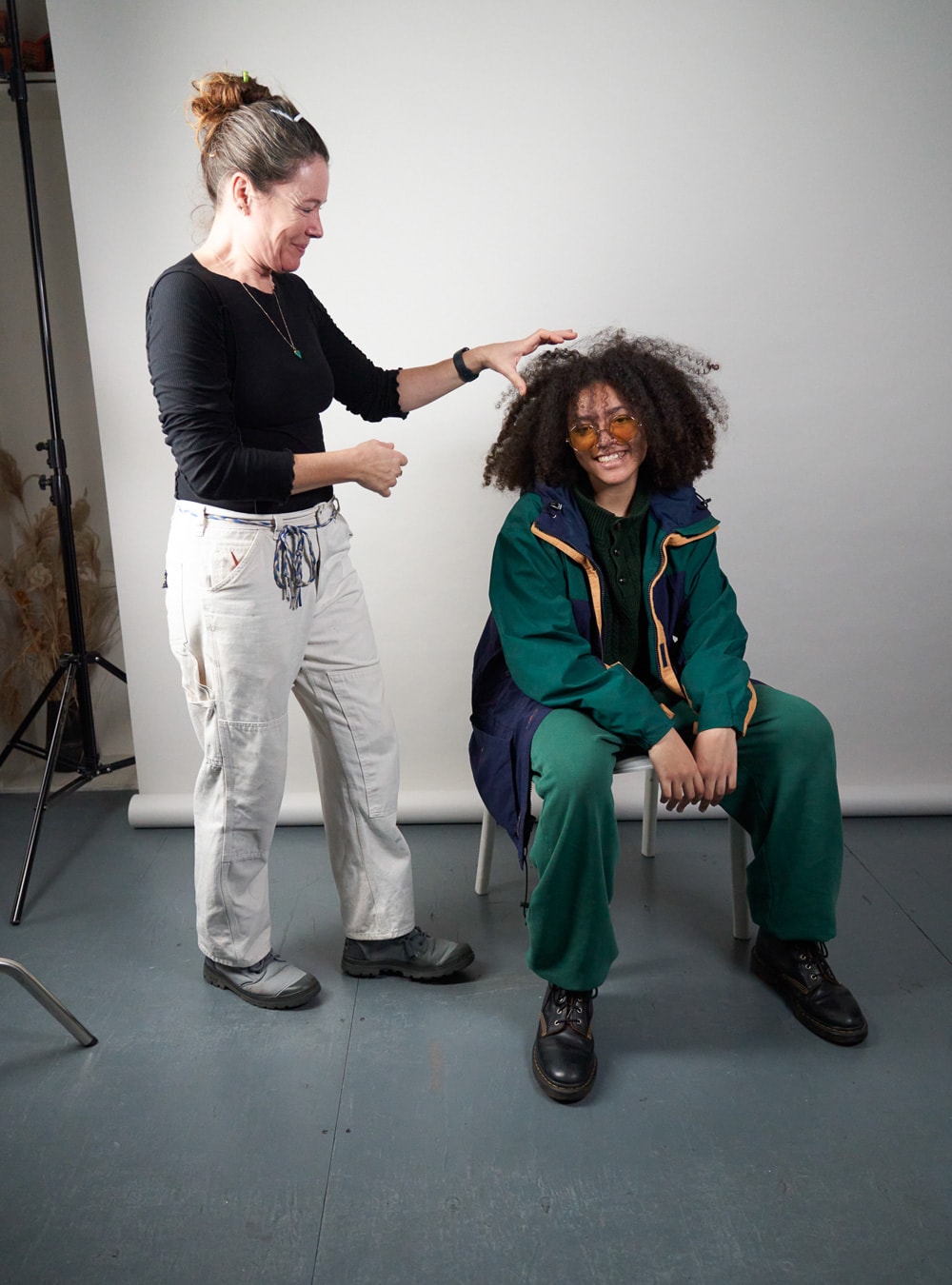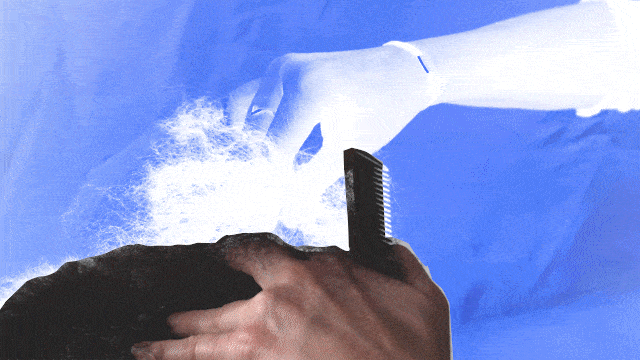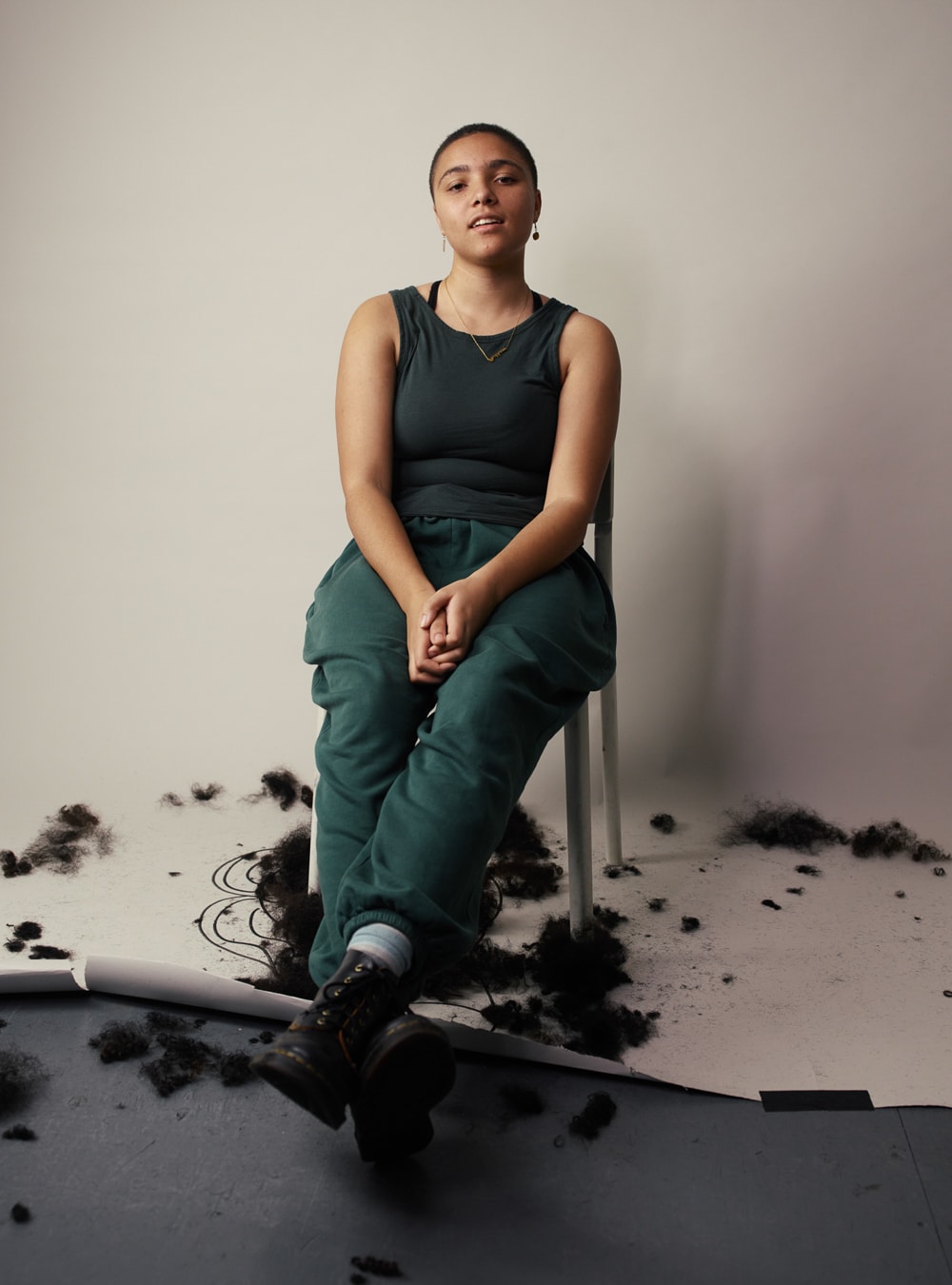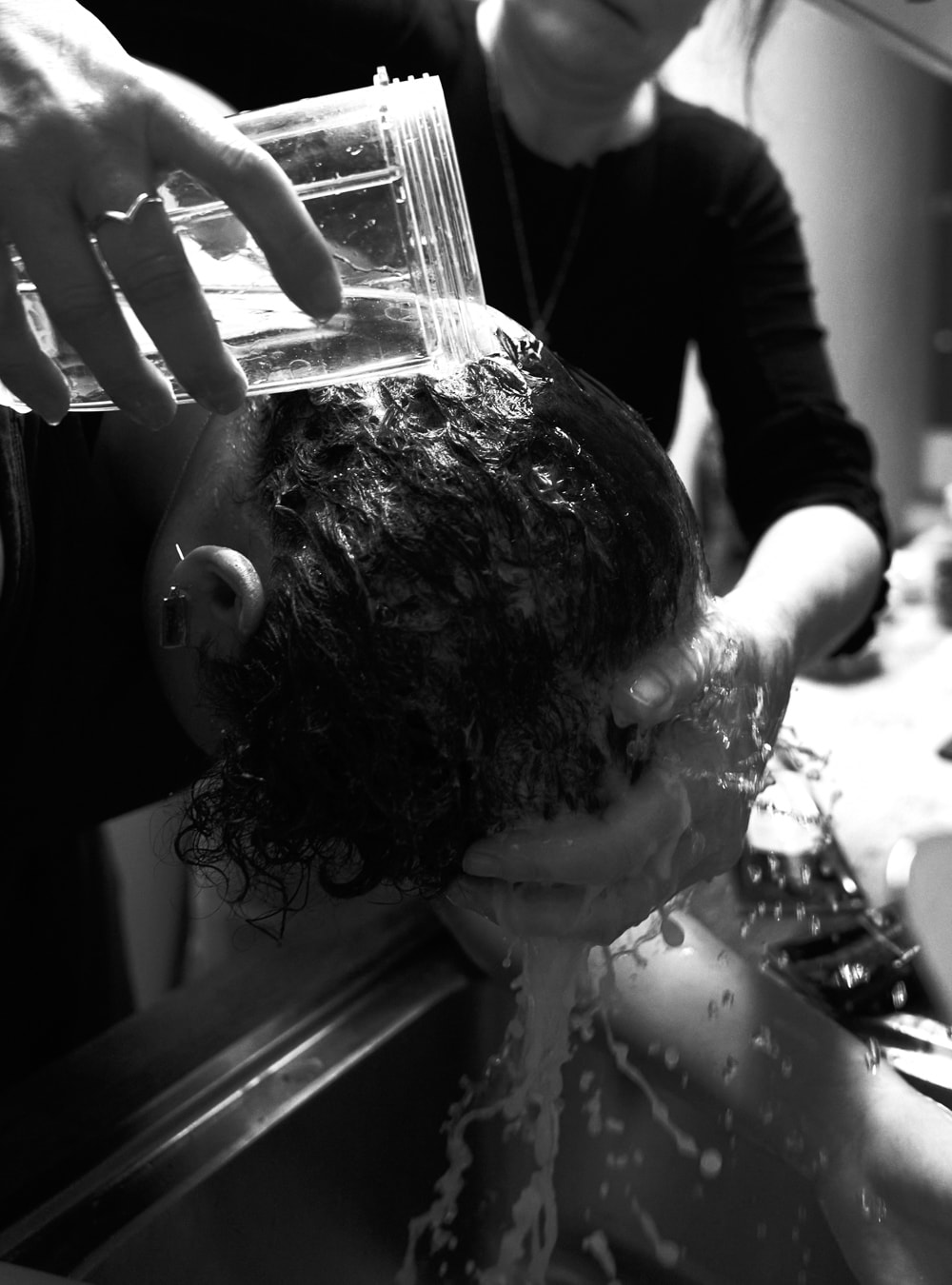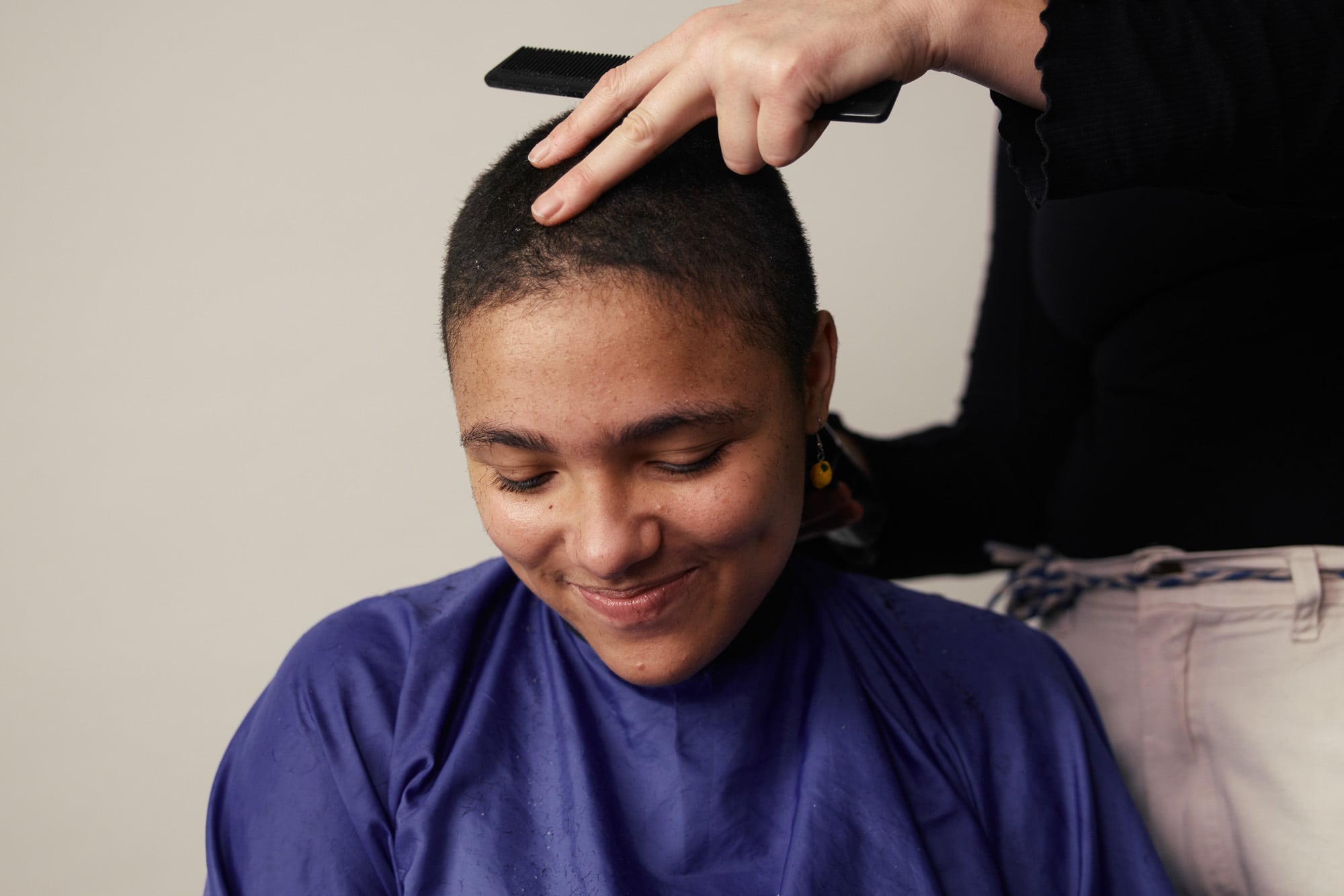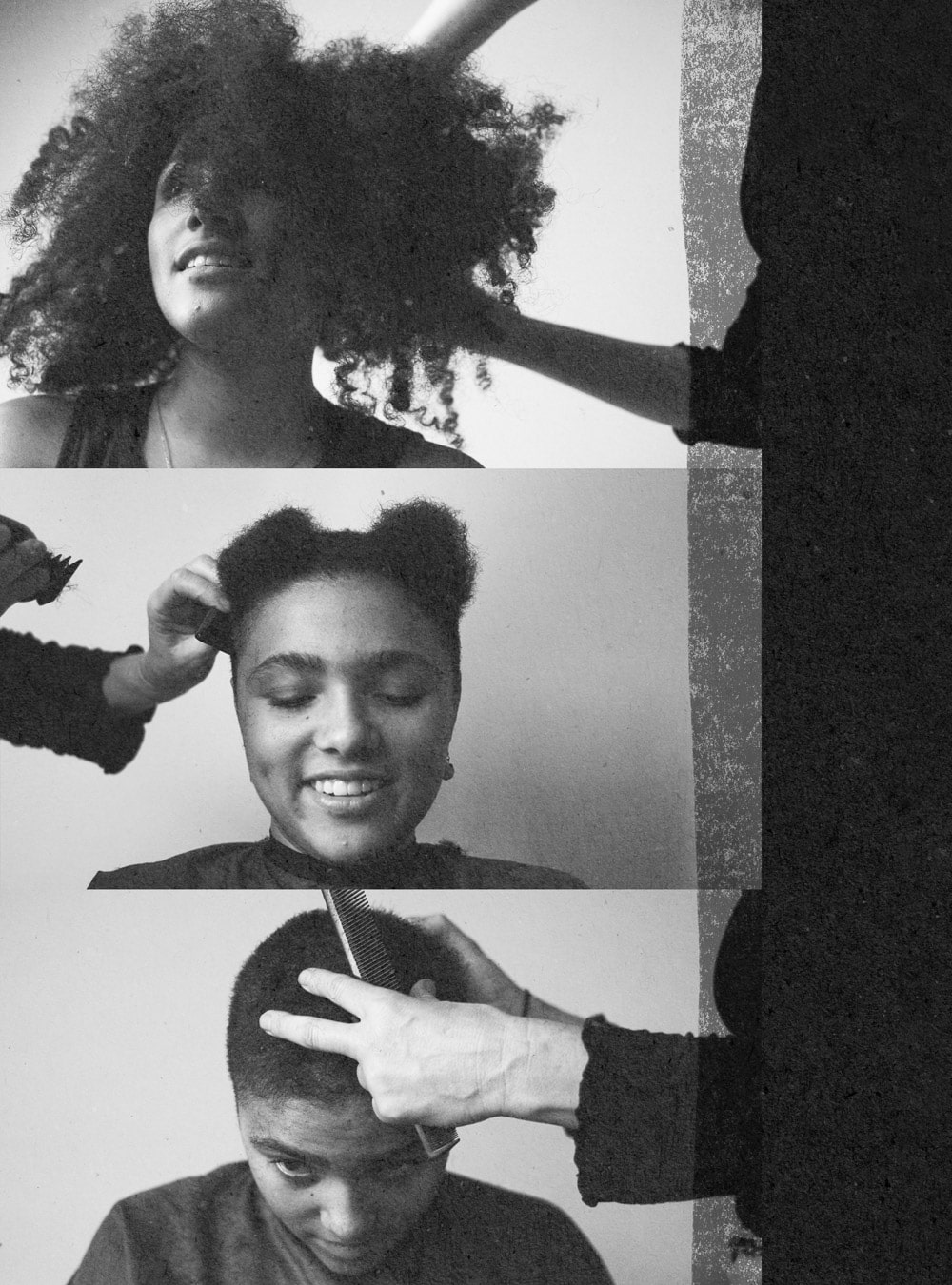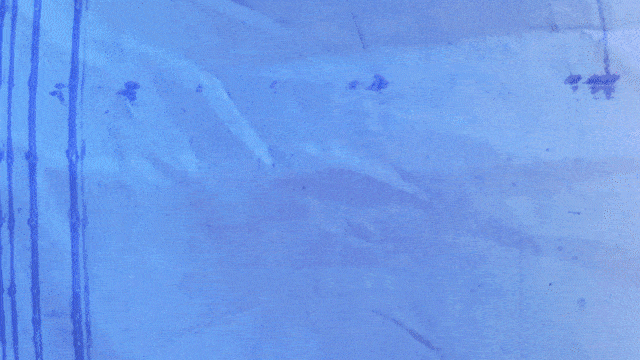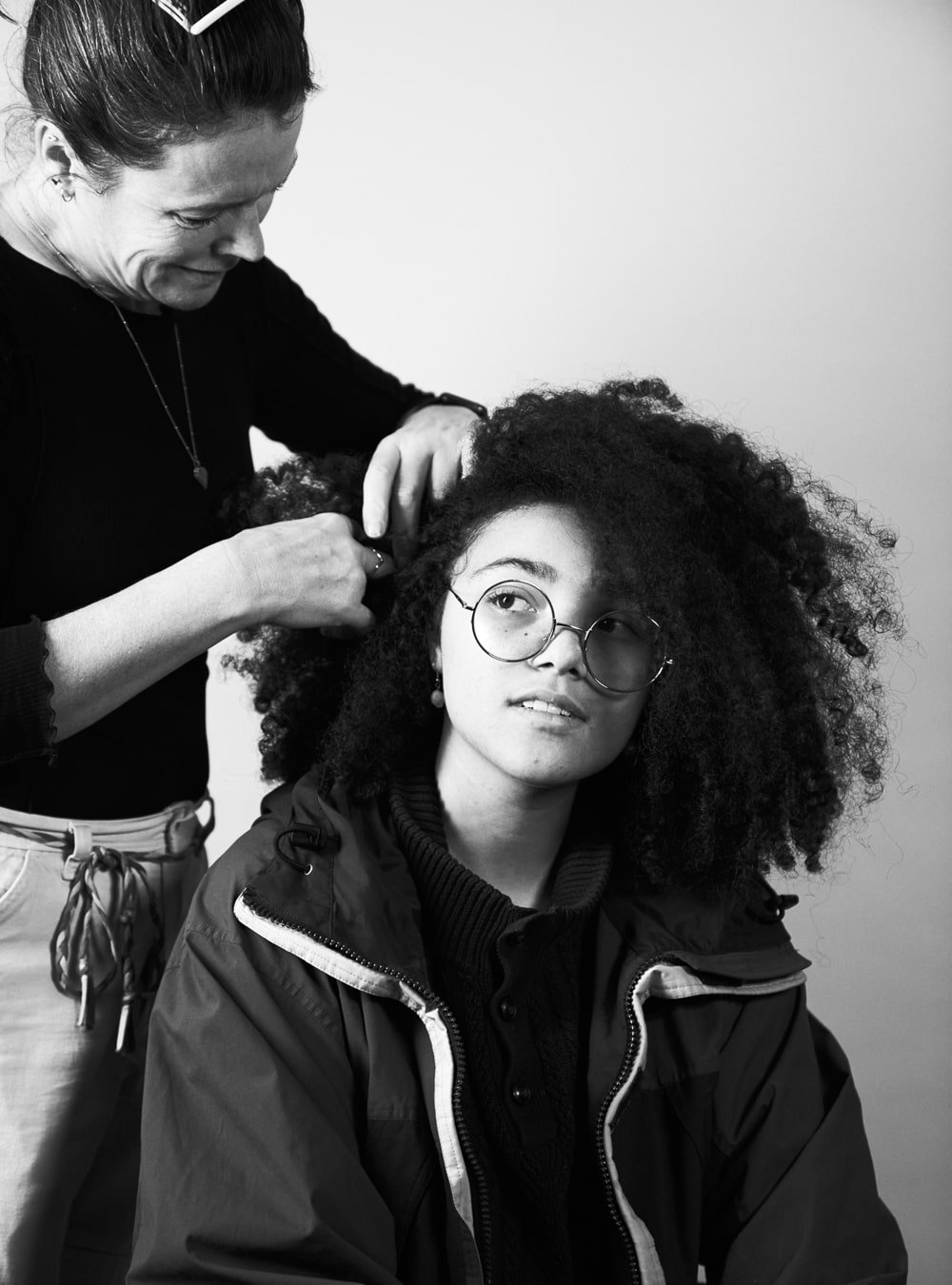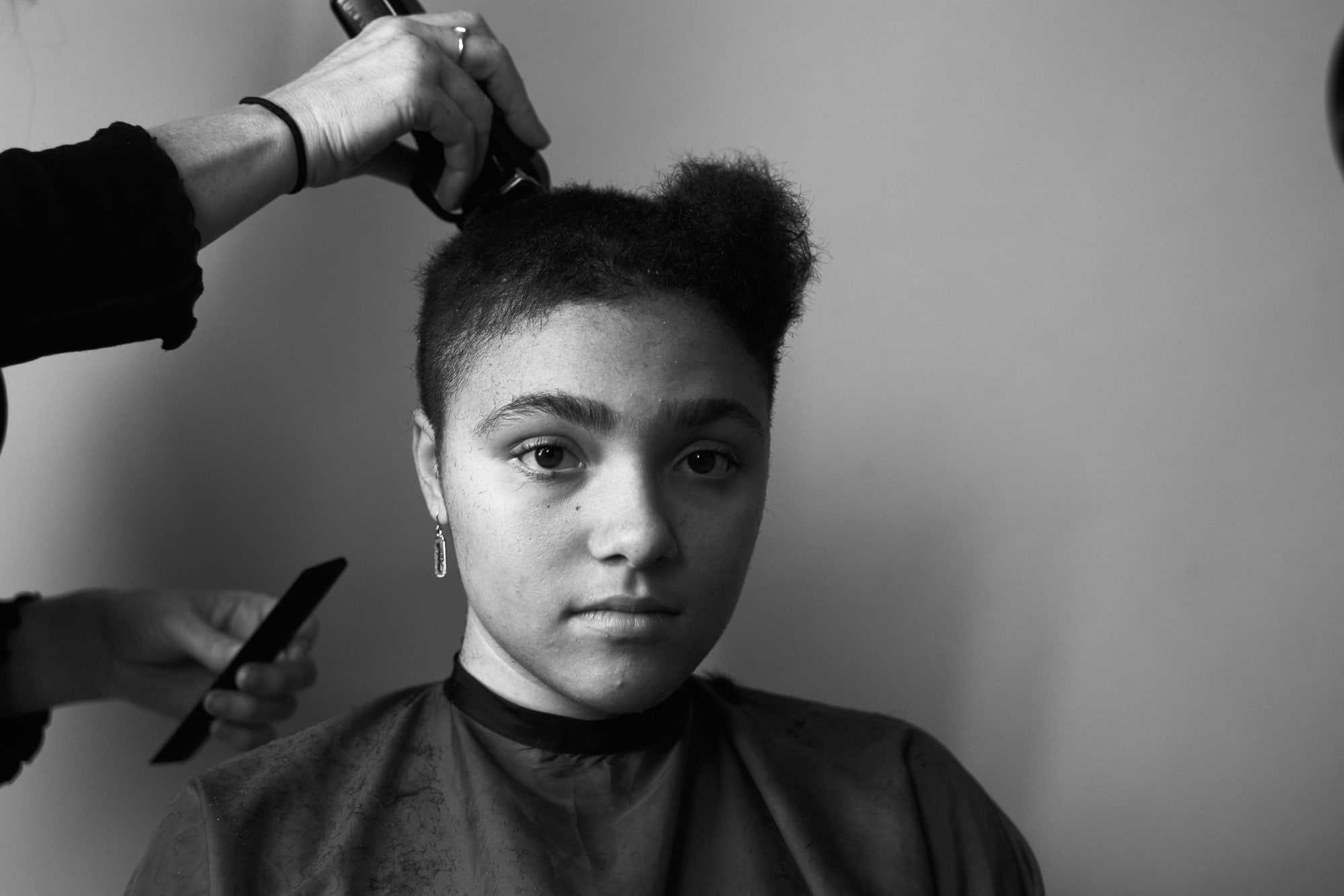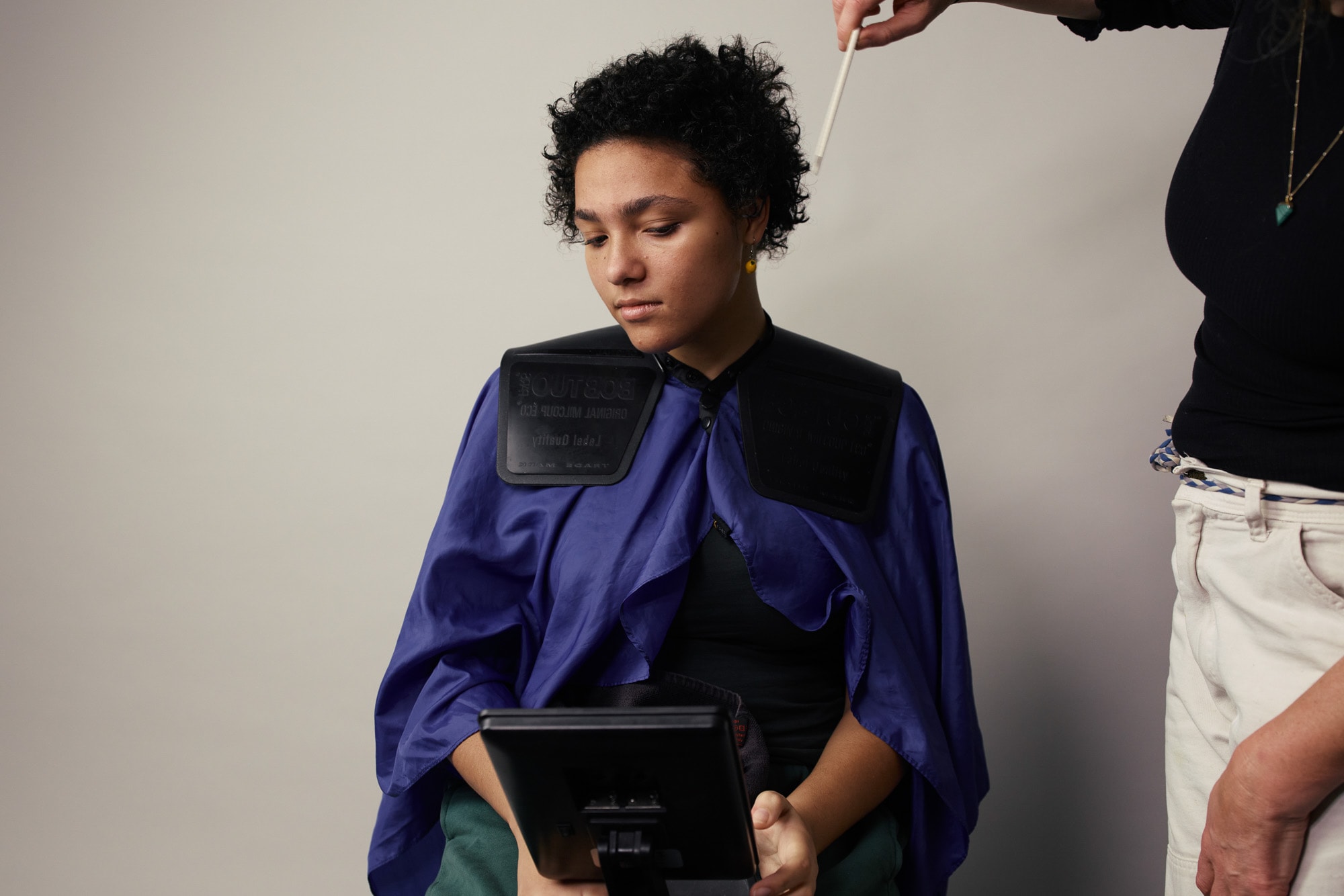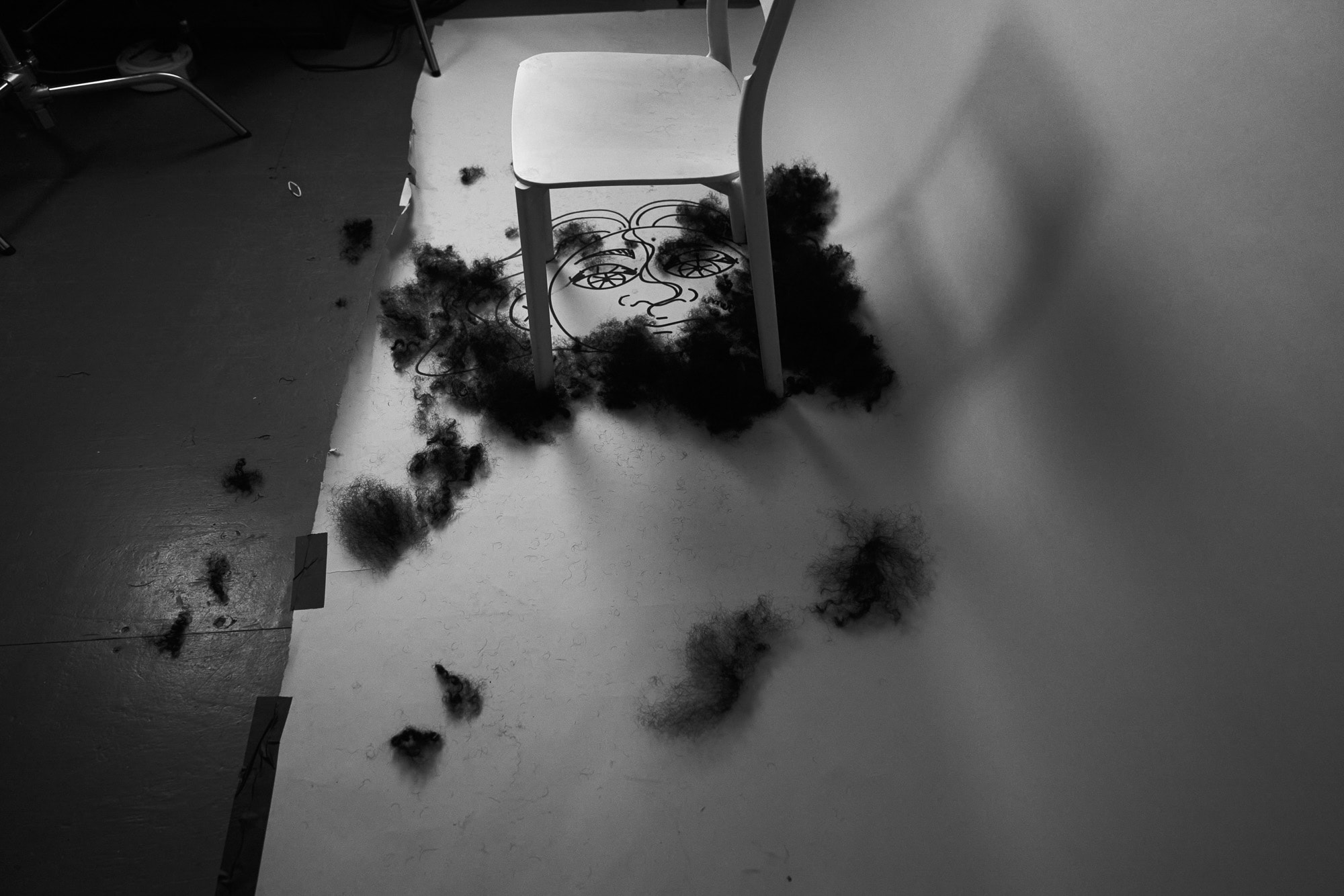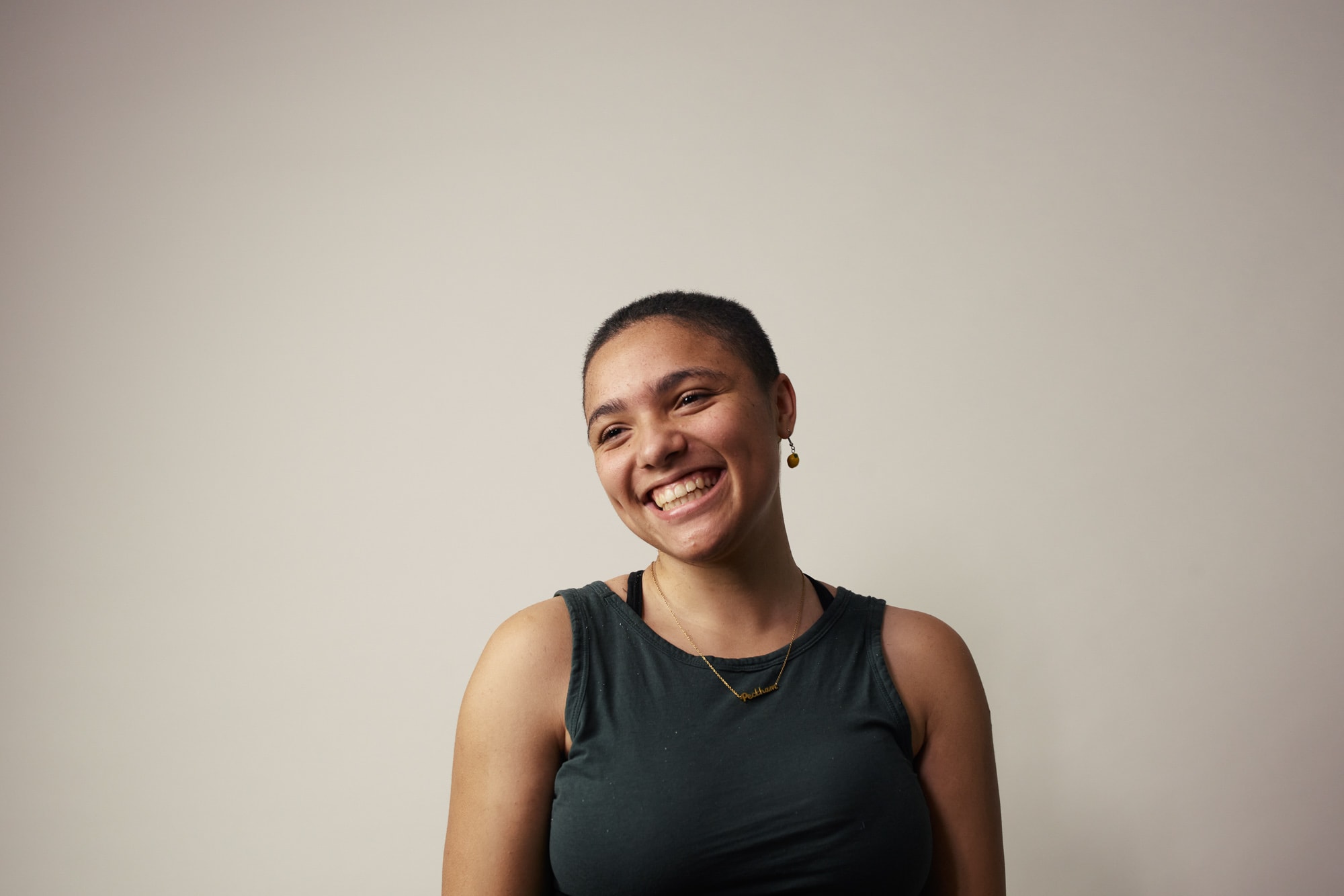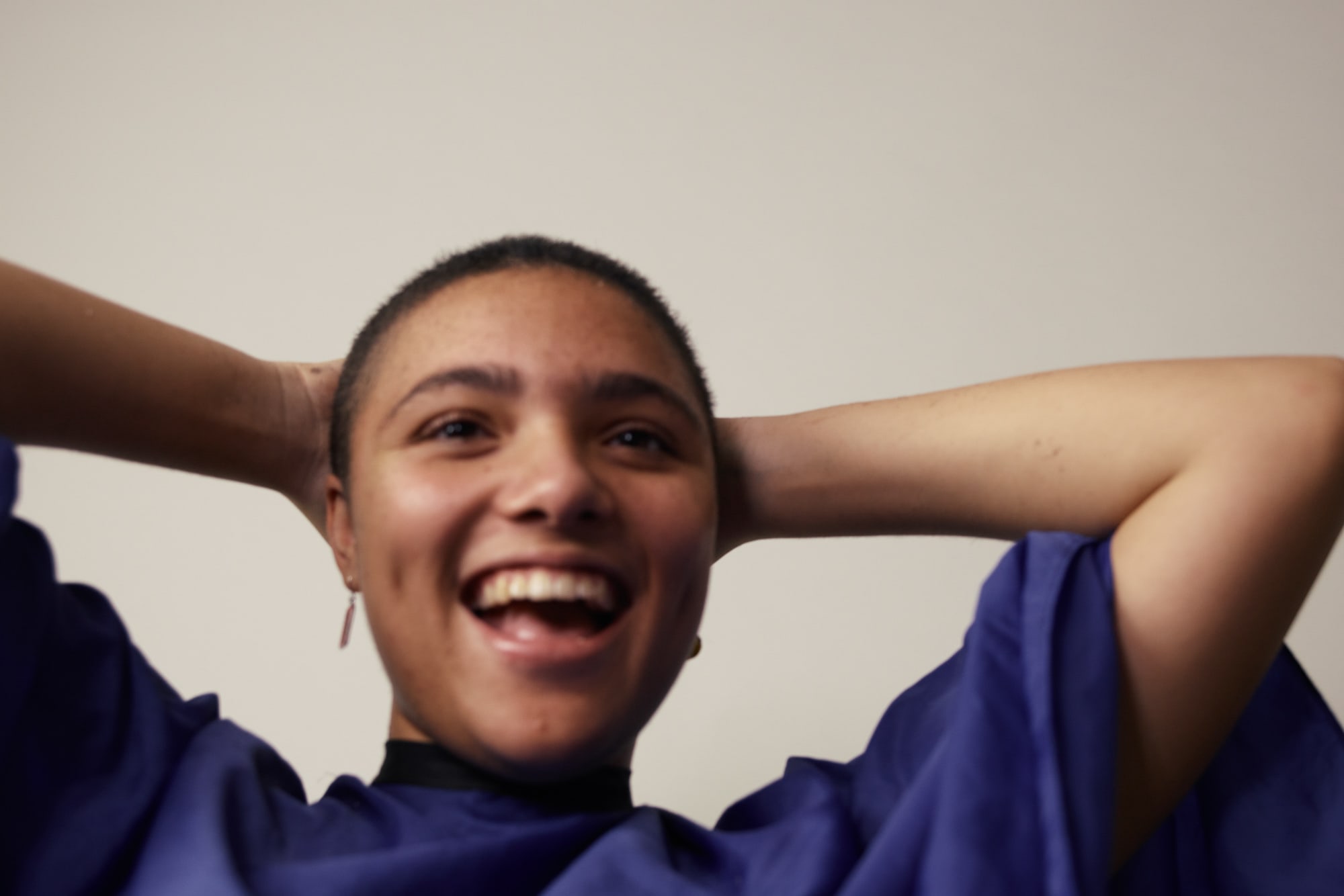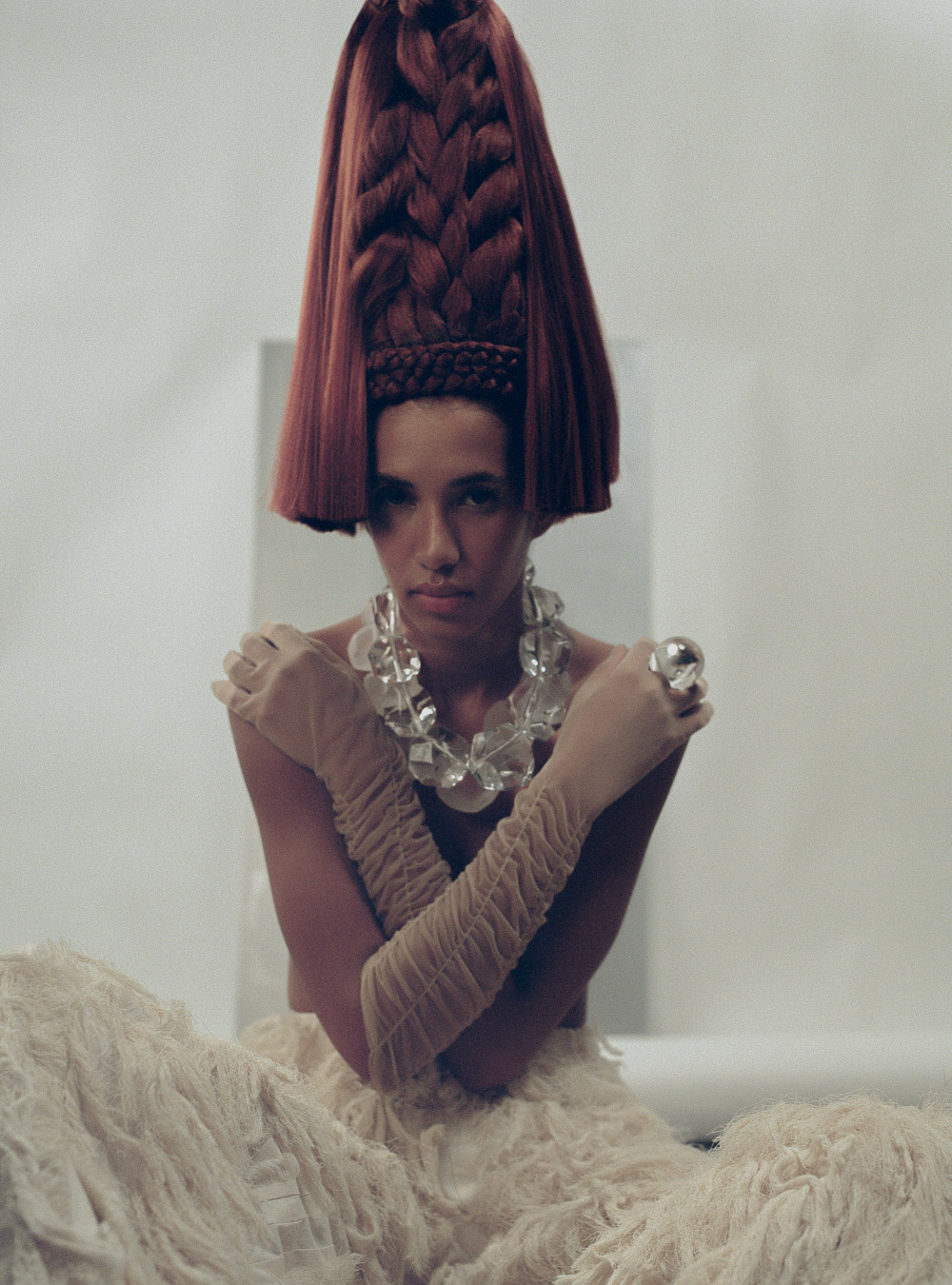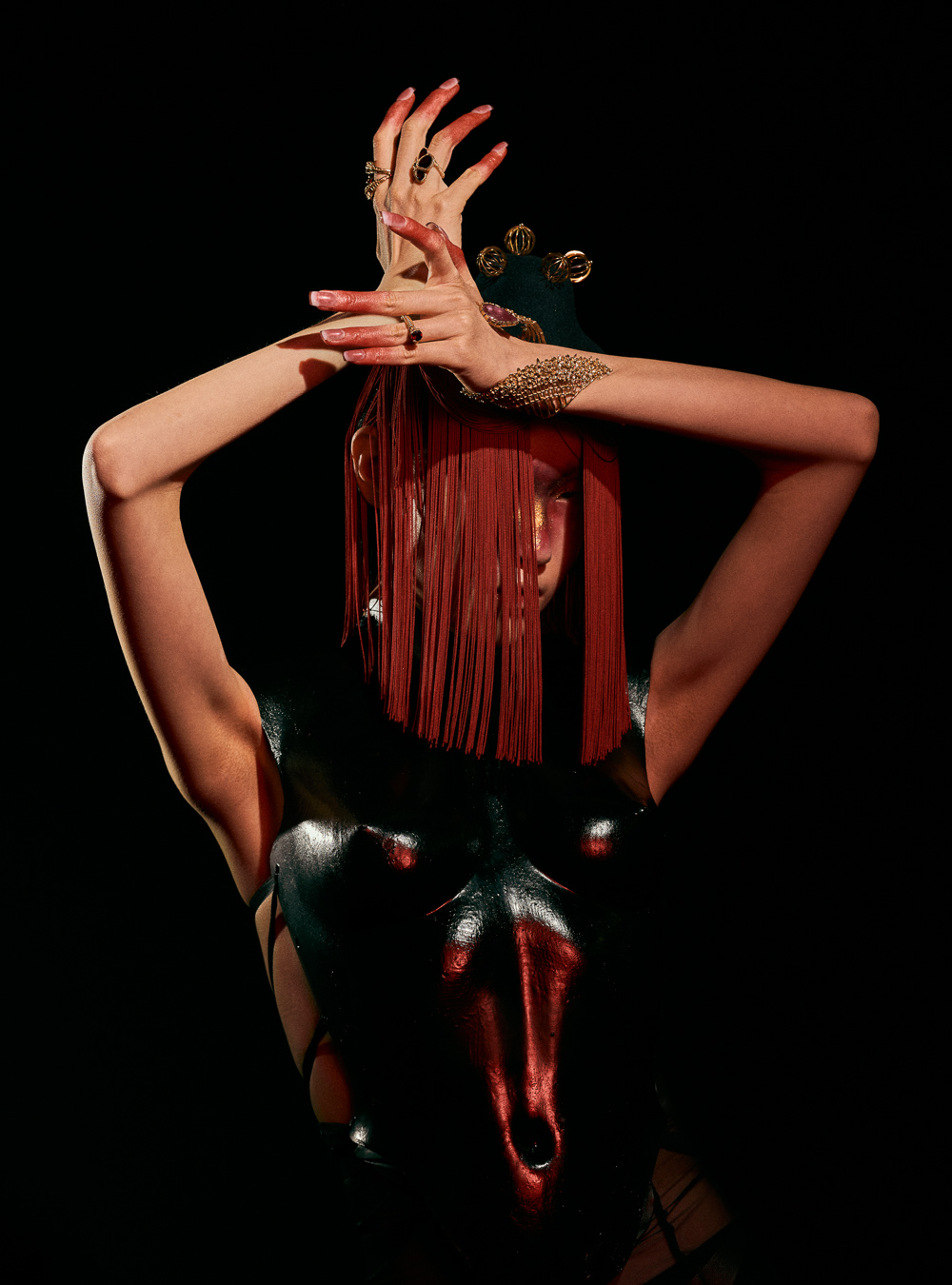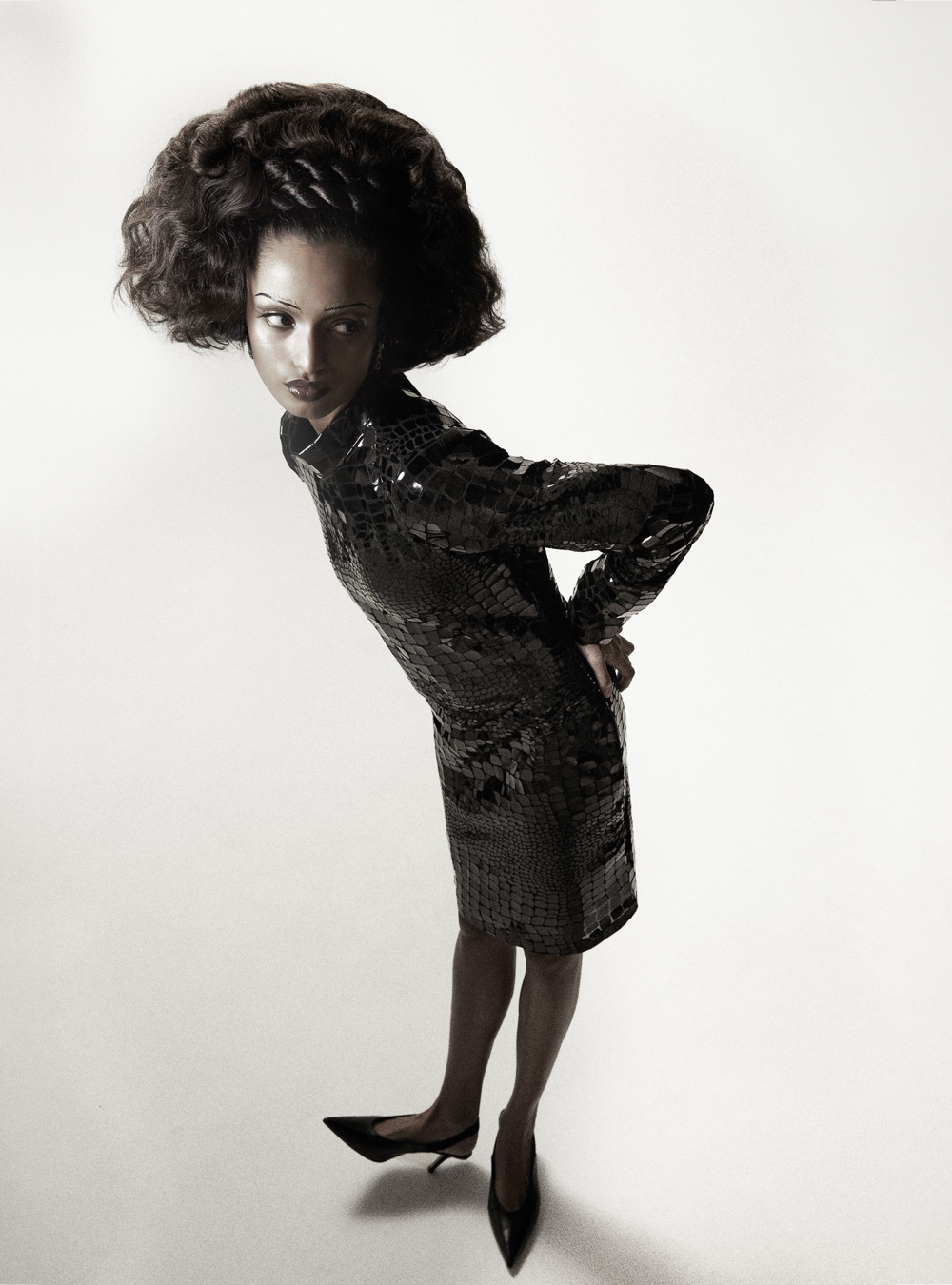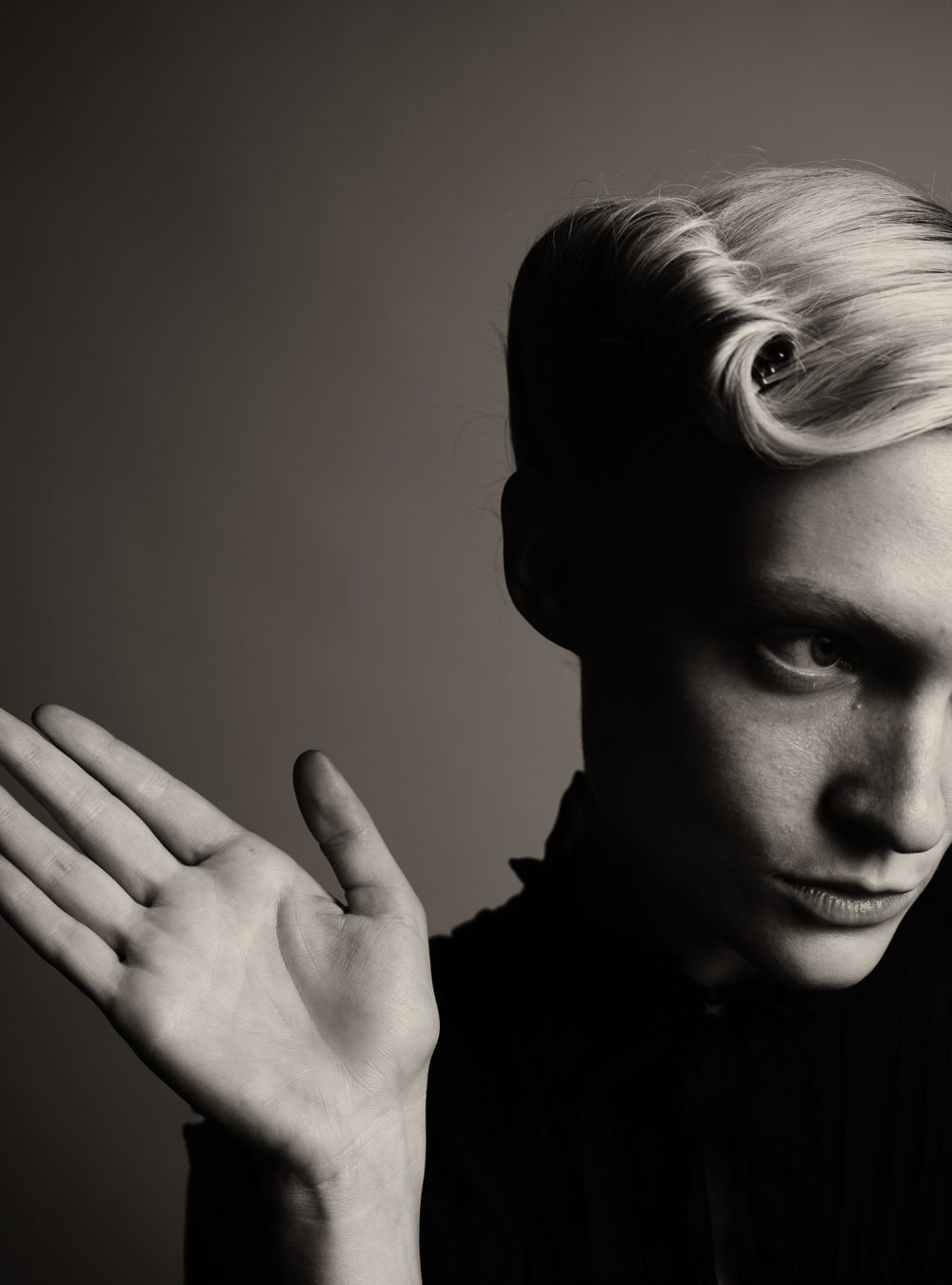- Bea-xvi-tiful
- Bea-xvi-tiful
- Bea-xvi-tiful
EDITORIAL: Jack Eames captures 16-year-old Bea as she emerges under Tracey Cahoon’s buzzer and talks mixed-race hair, queer identity, and having confidence in her coming-of-age
Creative Direction: Jack Eames + Tracey Cahoon
Photography: Jack Eames
Hair: Tracey Cahoon
Interview: Hasadri Freeman
Featuring: Bea
“To me, my hair is another way of expressing myself. It does its own thing, it has its own mind. It has like, three different textures on different parts of my head. Because I’m mixed race, I’ve always had a very deep relationship with my hair…I cut it at 13–I shaved half of it off, then I shaved both sides off, then I cut a bunch…I told myself, when I’m 16, I’m just going to cut all of it off.
Because quarantine happened, I just thought, I’ll see how long I can get it. And as it was growing out, I was learning how to properly take care of it…obviously my hair texture is not the same as my mom’s, and it’s not the same as my dad’s, either. My mom hated when she had to have her hair chemically straightened and relaxed–so she was like, I’m not doing that, I’m not doing that at all. But I didn’t really know how to detangle it myself. I think of my hair–I sort of anthropomorphise it. It’s its own being. I try to work with it, not try and control it. It’s hard when your parents can’t guide you through something, especially something as culturally significant as your hair.
16 was that marker for turning into a young adult. It felt just far away enough when I decided to do it at 13, so I could think about it as this abstract thing. A lot of people weren’t confident that I was going to look good with no hair! But hair grows. There’s no point in me not trying it. If I’m going to go through a life experience, I might as well do it at 16. I hadn’t had my hair cut crazily until year 7. Before then, it was kind of more, how are we going to deal with…all of it? I started in year 7 to hate the whole thing, it felt really tangled all of the time. So I got an undercut to thin some of it out, and I got addicted.
There’s definitely a cultural element. Being Black and hair…that’s a big thing. People asking to touch your hair, comparing it to a sheep…I’ve heard it all. But my secondary school is majority black. And being mixed, there, I was always too white. People would say, your hair was so long, why would you ever do that! As a Black woman, your hair is a lot of your beauty, and if it’s short, you’re ‘nappy,’ or ‘baldheaded.’ A lot of stuff that’s masculinising, and Black women in general can just be made out to be masculine anyway. To have your hair short is definitely seen as…there’s a particular feeling about being able to grow your hair long, and then choosing to cut it. A lot of people gave me very dirty looks. And there were a lot of jokes, like I could have made it into a wig, why didn’t you give it to me! A lot of people just looked at me like I’d gone insane, or I’d turned myself ugly, or something, because I wasn’t this thing that they’d all been taught was beautiful.
A lot of things changed at 16. I came out at 16, I changed my room about…I kind of reinvented myself. I thought it would be hilarious if I cut all my hair off and told everyone I was gay. I thought, that fits, I’m fine with that. The first time I cut my hair off, at 13, everyone at my all-girls school asked me if I was gay or not. I really hated that at the time–I’ve always had a problem with people assuming I’m a boy, or gay–obviously that’s not the nicest environment. But I thought that if I could do it myself, that’s me controlling it. Now I don’t mind fitting a certain stereotype because I know how to embody myself. Taking that risk is growing.
-Bea, at 16
- ANTHROPOLOGY OF HAIR
- ANTHROPOLOGY OF HAIR
- ANTHROPOLOGY OF HAIR
- ANTHROPOLOGY OF HAIR
- ANTHROPOLOGY OF HAIR
